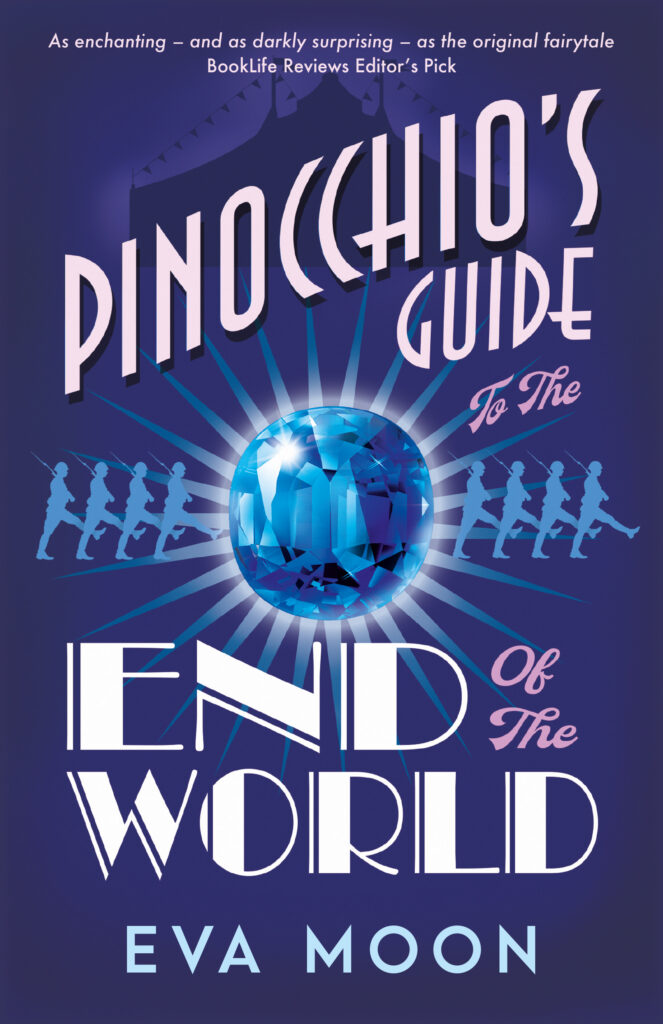Many years ago my grandmother taught me how to make baklava. It’s an old family recipe and I’ve made it every December since. Here’s her recipe, with a few stories along the way.
Lenore’s Baklava
1. Buy a box of phyllo dough. You can get it in the freezer section at the grocery store. Look for the kind in a long thin box. Allow it to thaw at least a day in the fridge and then let it come to room temperature before using it. You’ll need a large, sturdy baking pan with a lip all the way around that won’t be harmed by a knife blade.
My mother remembers her grandmother making her own phyllo dough. She’d clear off the dining room table and tie a clean sheet tightly over it. The dough went in the middle and a long process of rolling and stretching culminated in a single, paper thin sheet of dough. The dough would then be buttered, filled, rolled and baked. A whole morning’s work would then be inhaled in a matter of minutes by the family.
As soon as machine-made phyllo became available, almost no one ever bothered to make it again. Well, some do, but I certainly wouldn’t.
2. Chop 1 pound of walnuts fairly fine, but not to dust. You want some little chunks about the size you see in chunky peanut butter. Mix in a bowl with 1/2 a cup of sugar and about a tablespoon of cinnamon. Set it aside but near at hand.
3. Melt 3/4 of a pound of unsalted butter. It should be completely melted but not so hot you can’t stick your hand in it. It’s important to have all the ingredients ready to go before opening the box of phyllo because once it’s open, you have to work fast. The stuff dries out in no time and will stick and tear.
A couple years ago I had everything ready to go: the chopped nuts, the melted butter, the pan, the phyllo. I opened the box and unrolled the dough, ready for the race to assemble the baklava before the dough became unusable. My cat chose that exact moment to leap onto the counter, where she encountered the bowl of nuts. The nuts hit the floor, scattering everywhere. I screamed. My husband dashed in to see what the commotion was. His sleeve caught the bowl of melted butter and sent it flying. There may still be traces of nuts, butter and broken glass under the fridge. We did the best we could. The phyllo was a total loss. The cat hasn’t jumped on the counter since.
Assembly:
1. Spread the pan with melted butter. Don’t be prissy about it. Use your hand. There’s really no better way.
2. Lay a single sheet of phyllo in the pan. If the dough is larger than the pan, trim the stack to fit. If the pan is larger than the dough, get a smaller pan.
3. Spread the sheet with more butter. Repeat until you have 8 buttered sheets. Stir the butter each time you dip your hand in. Otherwise, the milk solids will sink to the bottom and the top layers of your baklava will get soggy.
4. Dump the nuts on and spread evenly over the pan.
5. Continue adding layers of phyllo and butter until you’ve used up the whole box. The first layer or two after the nuts are irritating because they want to move around. Show them who’s boss.
6. Cut into pieces. Using a sharp knife, cut lengthwise across the pan into 8 strips. Then cut diagonally to create diamond-shaped pieces. This is a bit tricky, since it will tend to want to come apart, but it’s doable with a little practice. And a bit of cursing.
7. Pop the pan into a preheated 350-degree oven for 20 minutes, or until light golden brown.
Making the syrup. Start after the baklava’s been in the oven about 9-10 minutes.
1. Put 3 cups of sugar, 1/2 cup of water and 3 tbsp of lemon juice into a sauce pan
2. Cook over medium heat, stirring, until it foams up to the top of the pan. Take the pan off the heat and let it stop boiling for a minute.
3. Put the pan over the heat and let it foam up a second time, stirring. Remove from heat. Option: add in a splash of rose water if you can get it. You want to time it so it finishes at the same time as the pan in the oven.
The final act.
My family always has to come watch this part. It’s part of the theater of baking. They come running to see it and it’s become a required holiday entertainment (see video above). If I didn’t call them, I’d hear complaints for days,.
4. Remove the baklava from the oven.
5. Pour the syrup gently all over the pan. Use it all. You can see the baklava fluffing up as the syrup soaks in and it makes a lovely sizzling sound. Let it cool.
Because of the diamond cut, there are always little triangle pieces at the edges of the pan. These belong to the children, who get to eat them as soon as they are cool enough not to burn.
It sounds more complicated than it is. It really goes very quickly once you get the hang of it. The results are to die for.


